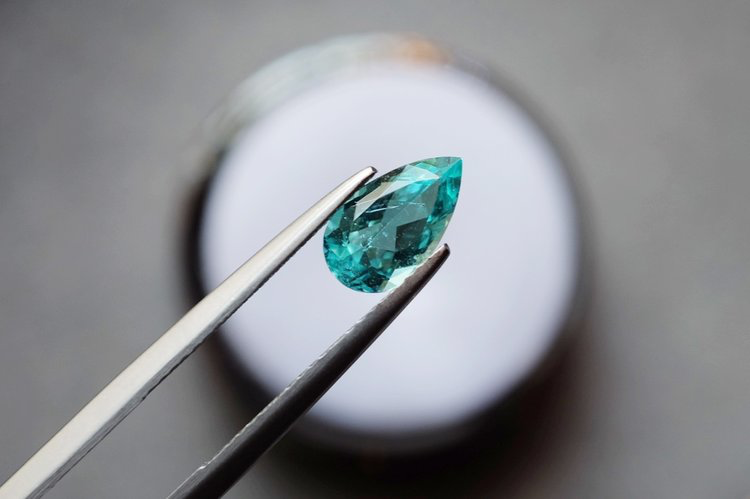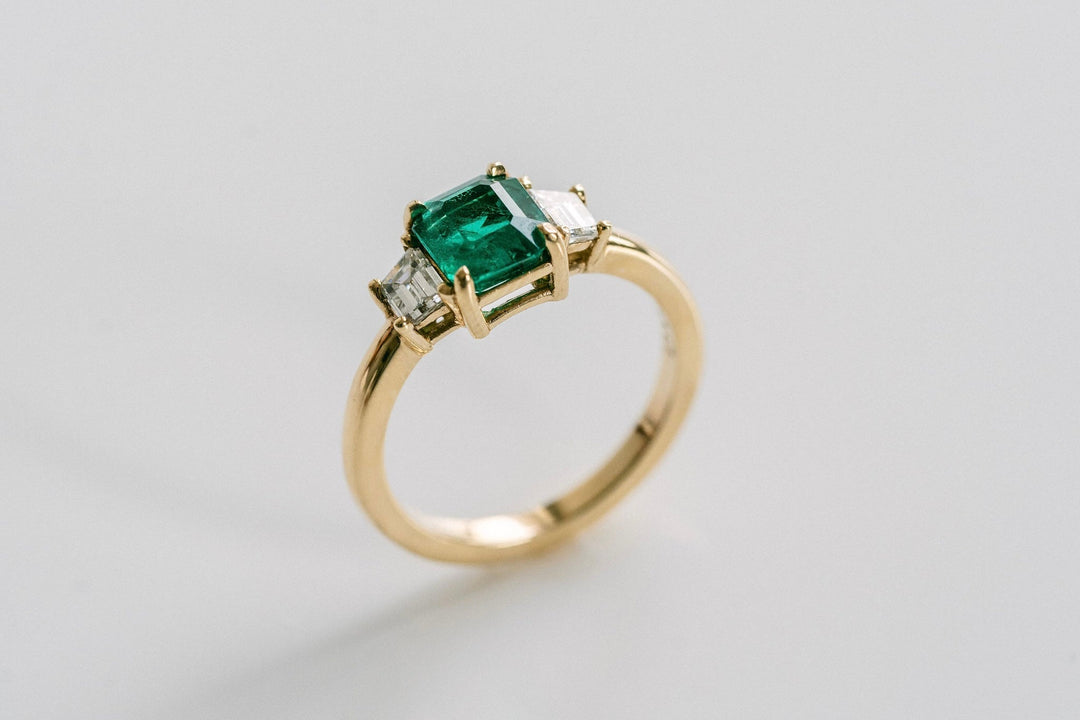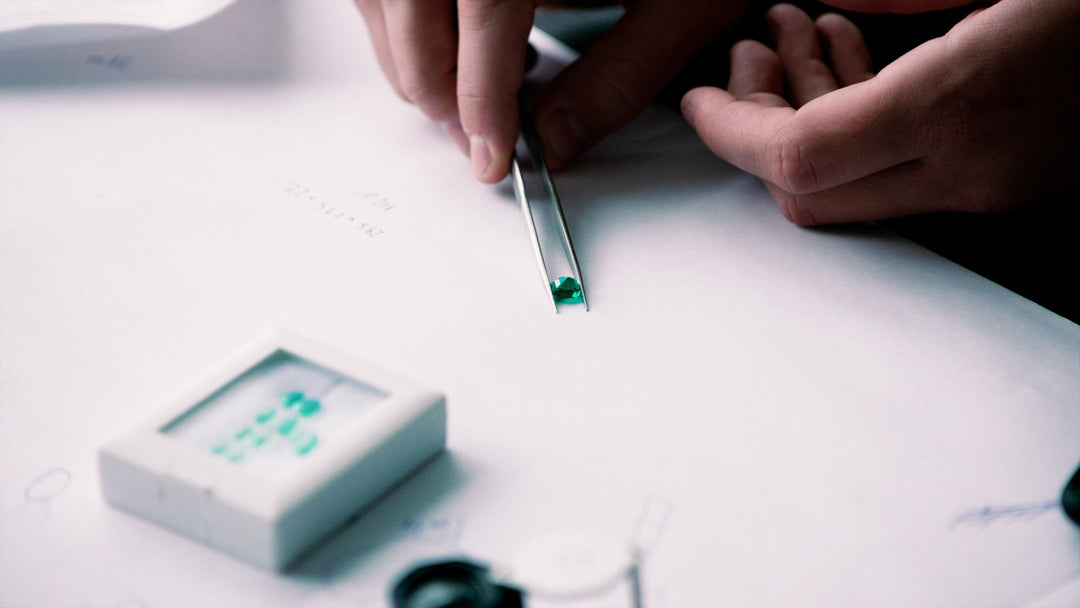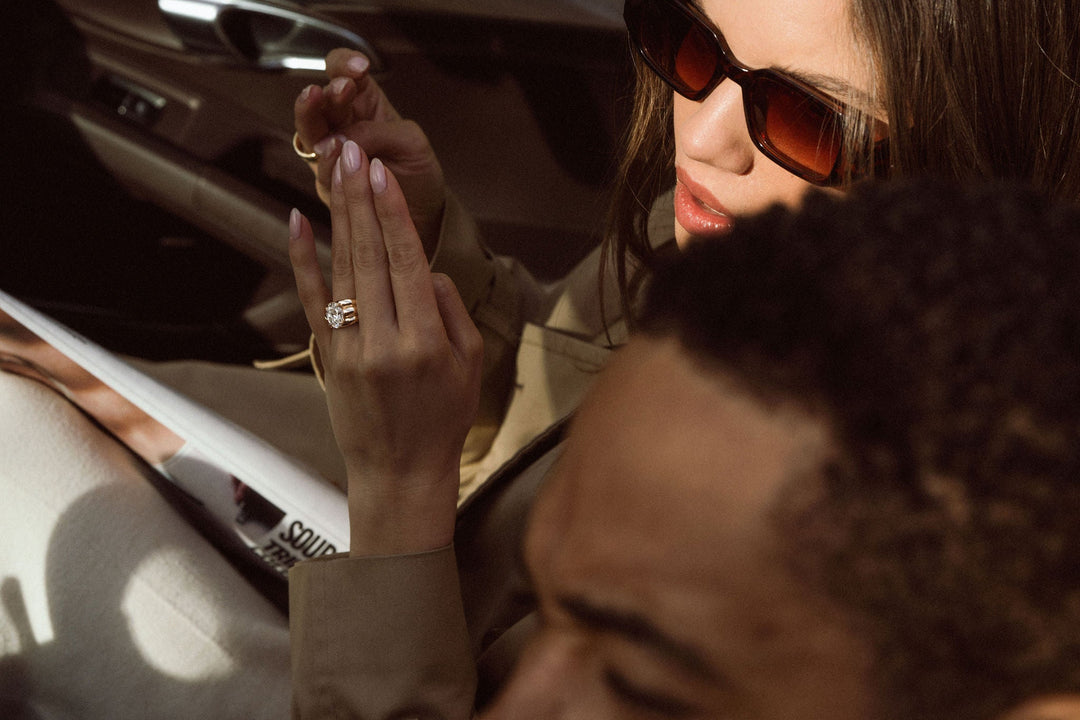What Is Paraiba Tourmaline?
The discovery of the Paraiba tourmaline in Brazil in the late 1980s sent an electric shock through the gem community that continues to pulse to this day, but there's still plenty of debate on what exactly constitutes this rare, modern day treasure.
While most colours of Tourmaline have been found across Brazil, the tropical-tint of the Paraiba Tourmaline is strikingly different than the rest of its contemporaries. It possesses a rich, neon radiance with a colour range sitting between the poles of blue and green. It's deep and penetrative fluorescence is attributed to the high concentration of copper with the crystals—an element not present in other forms of Tourmaline.
The vibrant variant of Tourmaline was discovered in 1989 by gem miner Heitor Dimas Barbosa, who had a hunch that the hillsides in the North Eastern state of Paraiba possessed hidden treasure—he was right. Initially found by the Paraiba village of São José da Batalha, and later in two sites in the neighbouring state of Rio Grande do Norte, the Paraiba Tourmaline is distinct for its rich blue-green colour and overall incandescent glow. While also known to be rife with inclusions, its more overtly-positive characteristics and overall scarcity quickly put it in high demand.
At its height, it's estimated that for every carat of cut and polished Paraiba Tourmaline coming out of Brazil, over 10,000 diamonds are discovered. Part of this is because finding the stones is laborious, and the yield tends to be small. Hand-mined in tunnel systems with wedges and sledge hammers, it's rare to find cut and polished pieces of Paraiba Tourmaline over one carat. And in the thirty years since its discovery, mine production of rough material has dropped off significantly, making it even more rare to find a quality piece of pure Paraiba Tourmaline. On average, it can be incredibly expensive for extra fine, or immaculate specimens.
That said, near-Paraiba grade Tourmaline has made it onto the market in other forms. The early '00s began to see the same-styled neon Tourmaline coming out of Mozambique and Nigeria. But in the same way that a wine connoisseurs may only consider a sparkling wine "Champagne" if it comes from northern France, there is great debate on whether a gem can be considered a Paraiba Tourmaline if it comes from outside of Brazil. To the human eye, there isn't much difference between African-sourced Paraiba Tourmaline and what was first found in Brazil—both are enigmatic and shockingly radiant. Chemical testing, however, reveals that there's less copper in what's found in Mozambique and Nigeria; the excess copper found in "true" Paraiba Tourmaline arguably gives it an even stronger glow. Many gemologists will thus refer to the African stones as Paraiba-like quality. From a market perspective, both the origin point and the scarcity of Brazilian-found Paraiba tourmaline make it more desirable, and thus more expensive.
Either way you cut it, though, these are some of the most electrifying gems you'll find on the market.
To learn more about Paraiba Tourmaline or designing a ring, book in with us!









